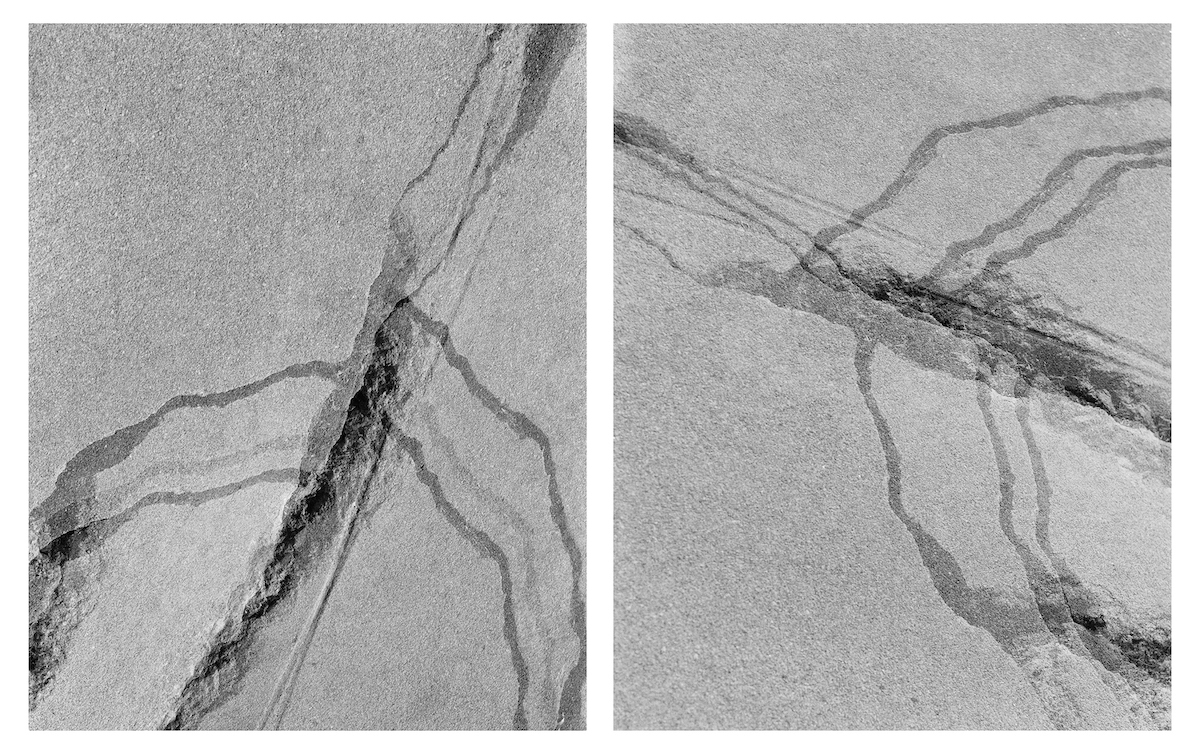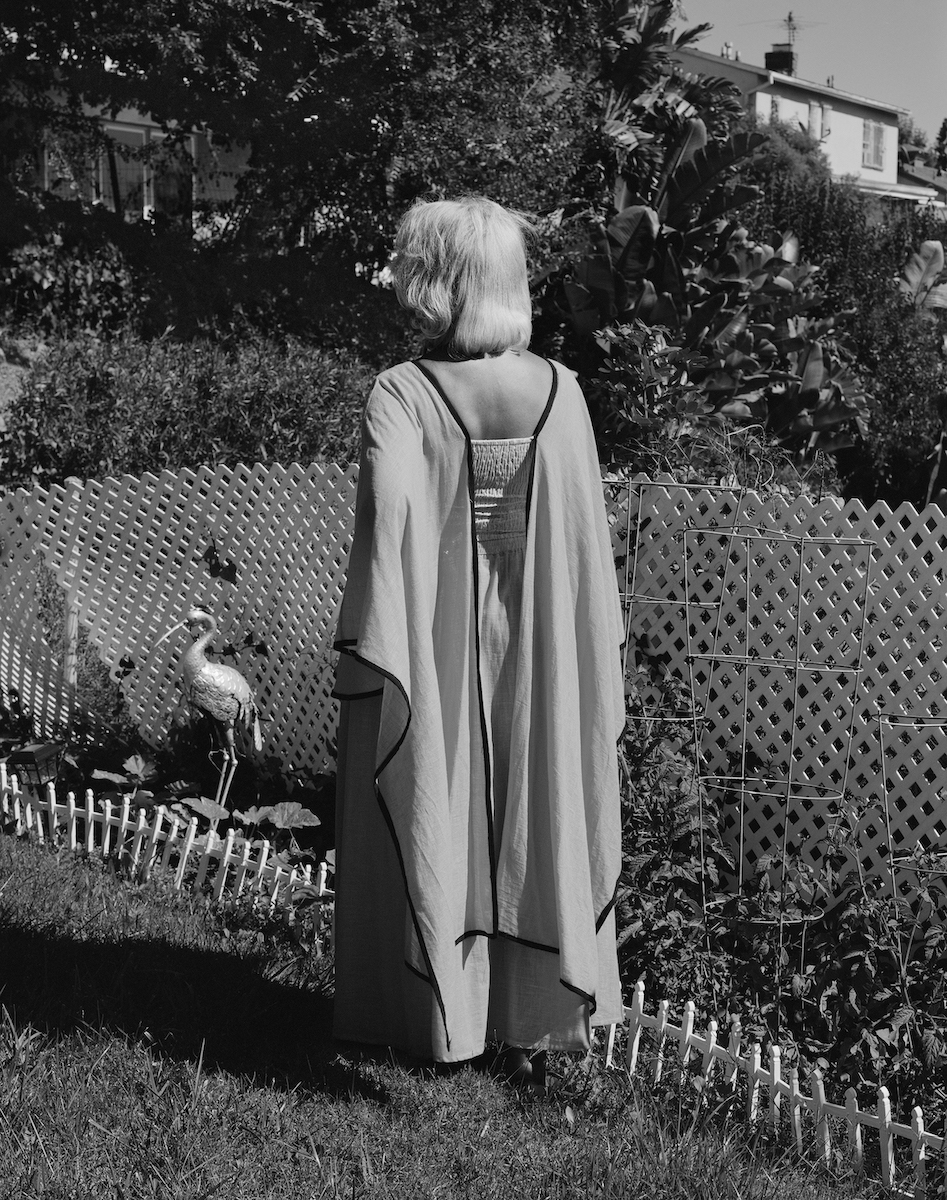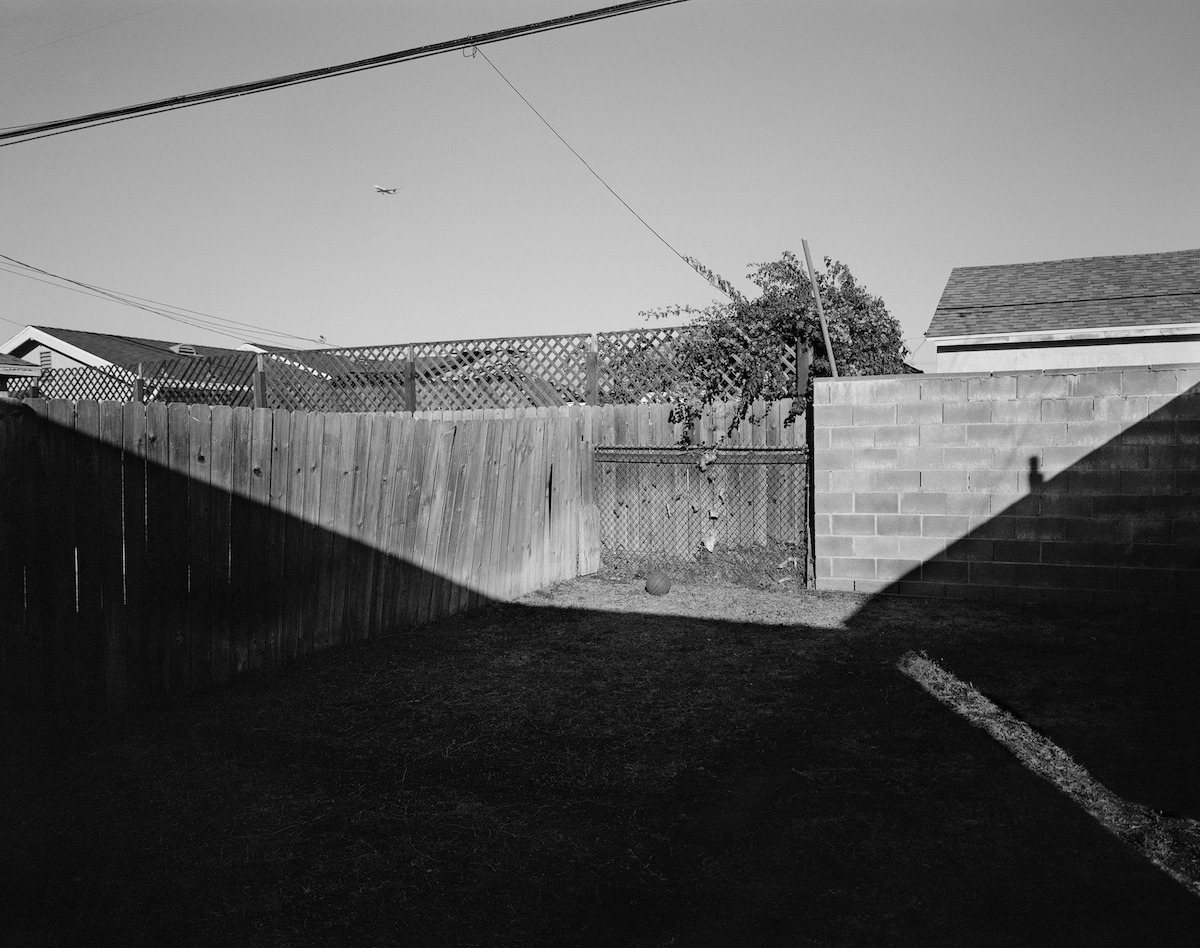The photographer searches for the subtle details that evoke emotion and memory in and around her neighbourhood
“They did what human beings looking for freedom, throughout history, have often done. They left.” This monumental sentence written by Isabel Wilkerson resonates as strongly today as it did when she wrote it over a decade ago. In her book, The Warmth of Other Suns: The Epic Story of America’s Great Migration, the Pulitzer Prize-winning journalist charts the perilous journey of six million African Americans out of the Jim Crow South to the North and West, between 1915 and 1970. Like other epic migrations, past and present, Wilkerson describes the treacherous and exhausting experience of seeking a better life and how countries and cities evolve through the blending of cultures.
Dannielle Bowman is a daughter of the great migration. Her maternal grandfather moved from Denton, Texas, to Los Angeles in the mid-50s. Intrigued by both her family history and how the sociological landscape of Black America as it is today came to be, the New York-based artist became fascinated with The Great Migration and Wilkerson’s book. “I’m interested in the tension between the macro and micro,” she tells me. “How these intimate, small scale decisions affected people’s lives, while simultaneously there is a much bigger shift happening. Family history, prior to your existence, is so interesting – every detail and decision shapes whether you exist or not.”
In her project What Had Happened, Bowman returns to her childhood neighbourhoods in LA, such as Crenshaw, Inglewood and Bolton Hills. She initially considers the baby boomer generation’s everyday experience and the quotidian details that lead to a Black neighbourhood being a Black neighbourhood. Through collaborations with family members, friends, acquaintances and strangers, she creates poetic meditations on the small domestic details that evoke our memory and history. “I think of Black homes and neighbourhoods as their own kind of museums,” says Bowman. “I consider them institutions in their own right, moulding the people who live there.”
Each frame describes an everyday beauty; the worn patina of carpeted stairs, the perfect Bump ‘n’ Curl, the altar-like appearance of a mantlepiece proudly lined with family photographs. Bowman points to a historical period that holds personal significance while resisting autobiography, situated somewhere between observation and construction. “I’m looking for details that blossom into full-blown fantasies or memories,” she says. “I’m fascinated by what these symbols do once you witness them.” The work is about activating emotion rather than simply describing what is. Picture by picture, Bowman encourages the viewer to reflect upon the subtle ways the notion of home manifests as emotional memory, stored in our mind and triggered in strange and unexpected ways.
Due to the pandemic’s travel restrictions, Bowman has spent the last 18 months expanding the project to the East coast, choreographing new interconnected histories. Marked by her deft use of light, the work oscillates between the surreal, domestic interiority and disarming beauty. What Had Happened dynamically cultivates an internal rhythm – an energy that connects generations and cultures. With every photograph, Bowman unfolds corporal and spatial intimacies that reach far beyond the frame.
The post Drawing on the history of the great migration in the US in the 1900s and her memories, Dannielle Bowman pictures her family’s past appeared first on 1854 Photography.



